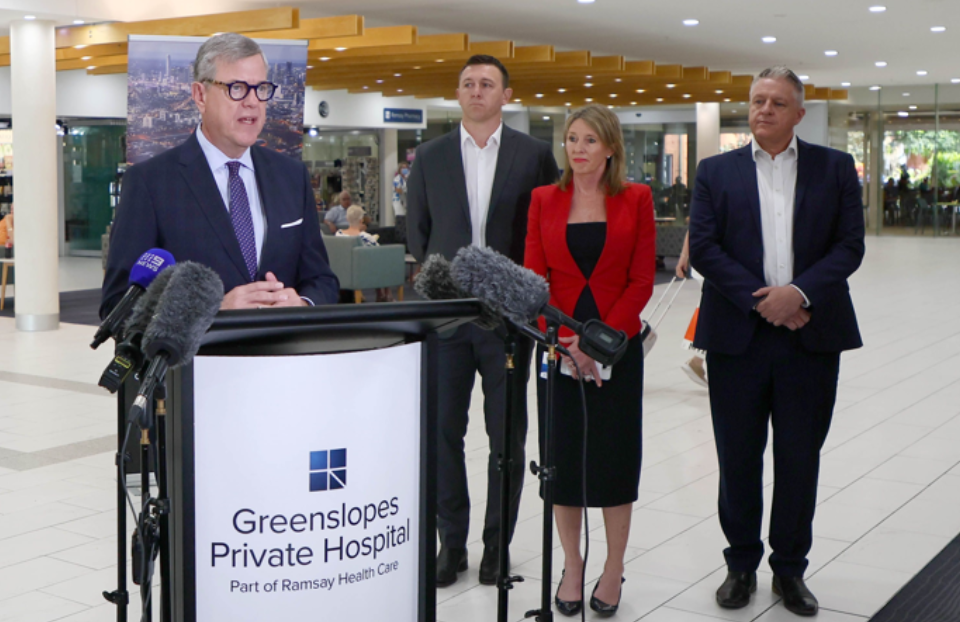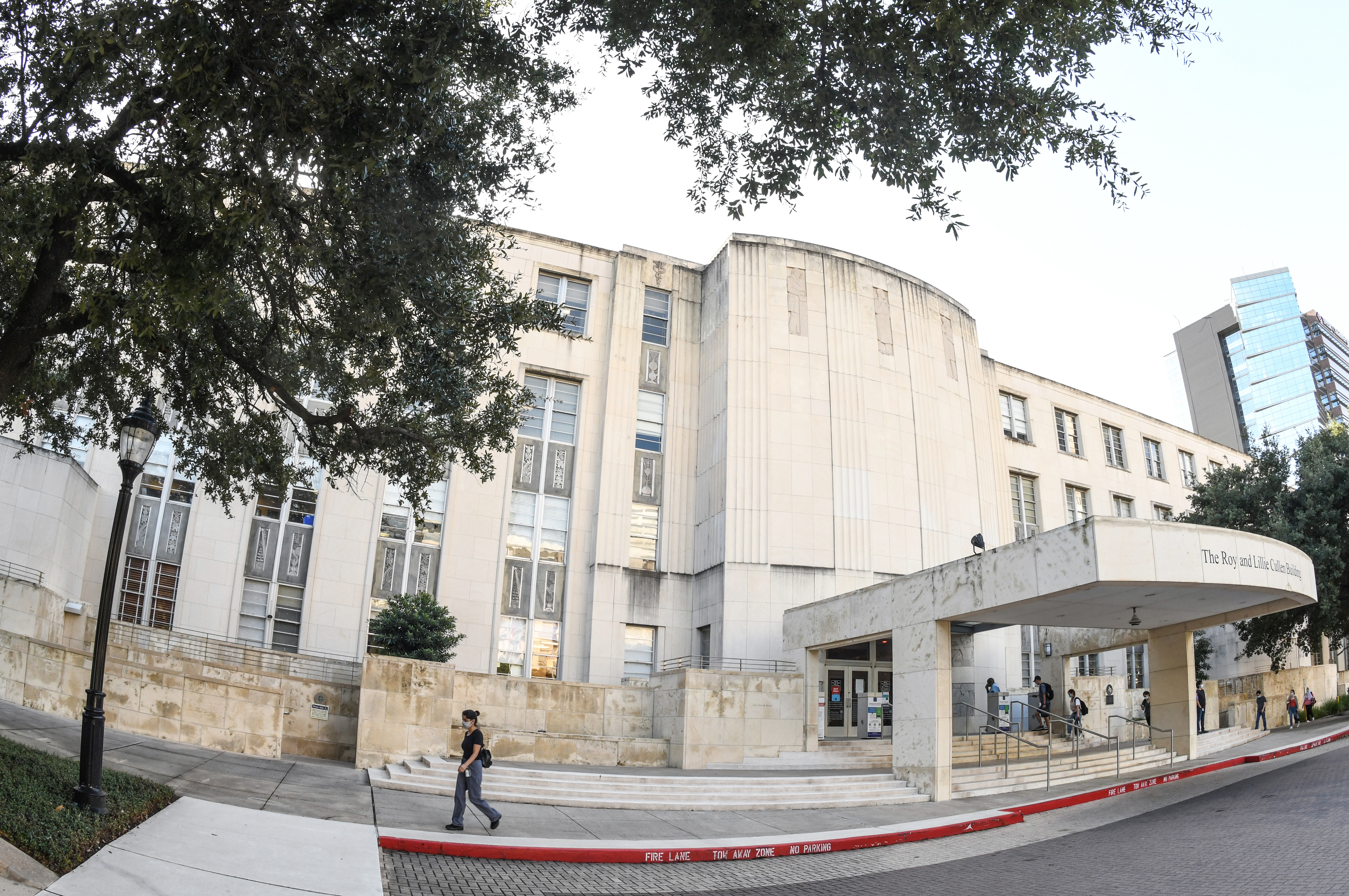
A new research project is bringing together barley growers from across the south of the Western Australian grainbelt to help create regionally relevant solutions for managing fungicide resistance.
Co-ordinated by the Centre for Crop and Disease Management (CCDM) – a national centre co-supported by Curtin University and the Grains Research and Development Corporation (GRDC) – the Barley Disease Cohort Project aims to directly engage at least 100 growers in fungicide resistance research, with a particular focus on spot-form and net-form net blotch of barley, two diseases recently identified as fungicide resistant in these southern regions.
The pilot project, led by CCDM’s internationally renowned cereal disease researcher Dr Lorenzo Covarelli, along with input from CCDM’s fungicide resistance expert Dr Fran Lopez-Ruiz and CCDM Director Professor Mark Gibberd, will allow growers and researchers to share experiences and knowledge, finding out exactly where resistance is occurring and carrying out field trials to develop solutions to managing the growing problem.
“Fungicide resistance is a core research area at the CCDM, but before now we have mostly focused on a nation-wide approach, involving the molecular detection of resistance cases, the trialling of new active ingredients, as well as many field trials and extension activities,” Dr Covarelli says.
“This project is a little different, as it will connect CCDM researchers directly with a group of growers in a particular region in a cycle of co-innovation.
“We’re anticipating that data collected from year one will inform grower decisions in the project’s second year, and data from year two will inform decisions in its third, and so on.”
Dr Covarelli says the project not only involves the benchmarking of fungicide resistance of barley net blotches in the cohort’s region, but also analysis of the decision-making behind managing fungicide resistance, hoping to see positive changes on how decisions are made from new data available.
The project focuses on net blotch of barley – both spot-form and net-form – as these diseases have recently been established as evolving fungicide resistance to several Group 3 DMI fungicides in both the Esperance and Albany Port Zones.
Dr Lopez-Ruiz says fungicide resistance is a complex process that develops over time in response to chemical inputs, but also crop type, climate and farming practice.
“The early stages of development of resistance to one chemical within a fungicide group may not always negate the future use of that chemical or other chemicals within the group if applied strategically,” Dr Lopez-Ruiz says.
“However, at this time we have very little empirical in-field data to support long term strategies for managing fungicide resistance.”
Professor Gibberd says this is why the Barley Disease Cohort Project is so important, as it will help to address this lack of long term strategies available for growers.
“When we know where fungicide resistance occurs and how growers are managing it, we can work together to develop solutions to managing this complex problem, in a regionally relevant way,” Professor Gibberd says.
“And as a national centre, the success of this pilot project will hopefully see CCDM running similar cohort projects in other Australian grain growing regions.”
Cohort members will work with CCDM by:
- Submitting diseased barley leaves for fungicide resistance research;
- Answering survey questions on management decisions;
- Being part of a yearly cycle of co-innovation with CCDM researchers in helping to find solutions to managing fungicide resistance.
Barley growers who are from the southern part of the WA grainbelt can register their interest to be part of the project at








